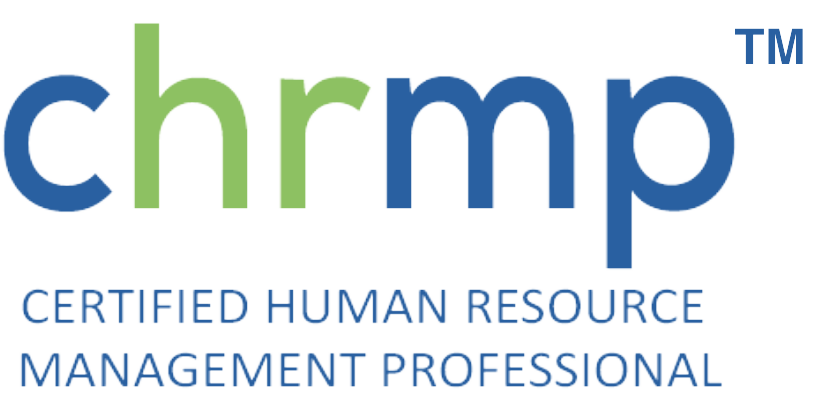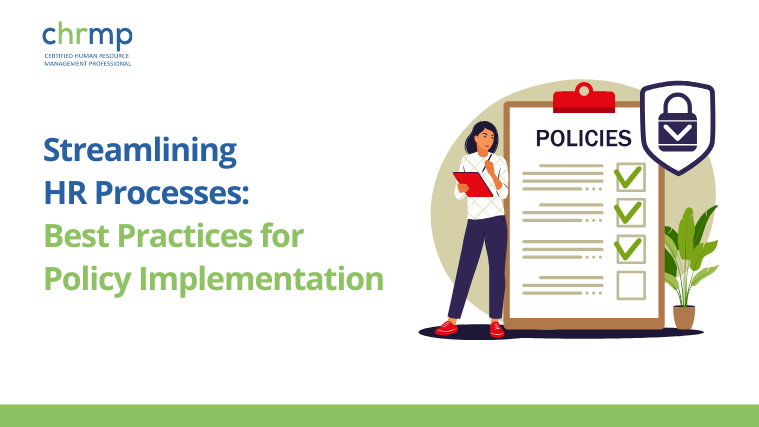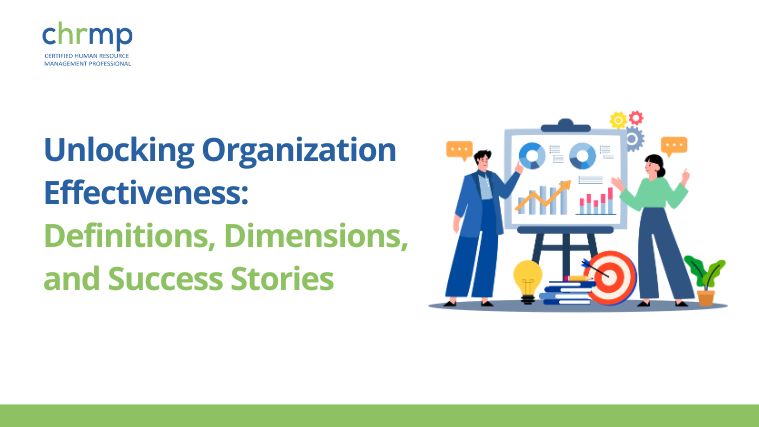In today’s fast-paced business world, the efficiency of HR processes can make or break an organization. Streamlining HR Processes ensure tasks get done efficiently, reduce errors, and make for happier employees. But achieving this level of efficiency requires solid policy implementation. Let’s dive into the best practices for assessing current HR processes, designing clear policies, communicating them effectively, and ensuring they’re implemented and evaluated successfully.
Assessing Current HR Processes
Conducting an HR Audit
An HR audit is a thorough review of your organization’s HR policies, procedures, and practices. Think of it as a health check-up for your HR department. Here’s how you do it:
- Review Existing Policies and Procedures: Look at what you currently have and identify any gaps or inefficiencies.
- Collect Data: Gather information on HR activities like recruitment, onboarding, performance management, and employee relations.
- Analyze Findings: Dig into the data to find areas needing improvement.
Gathering Employee Feedback
Your employees are your best resource for understanding how effective your HR processes are. Use surveys, interviews, and focus groups to gather their feedback. Analyzing this feedback will highlight pain points and show where processes can be improved.
Designing Clear and Comprehensive HR Policies
Establishing Policy Objectives
Clear objectives are crucial. They ensure your HR policies align with your organization’s goals and values. Set specific, achievable objectives for each policy to help measure their effectiveness.
Involving Key Stakeholders
Getting buy-in from key stakeholders is essential. This includes leadership, managers, and employees. Engage them through regular meetings, workshops, and feedback sessions to ensure the policies meet everyone’s needs.
Ensuring Legal Compliance
No one wants legal trouble. Ensure your HR policies comply with labor laws and regulations. Stay updated with legislative changes and incorporate these requirements into your policies.
Effective Policy Communication
Creating Clear Policy Documentation
Write policies in simple, clear language and structure them for easy navigation. An HR Policies and Procedures Manual is a handy reference guide for everyone.
Utilizing Multiple Communication Channels
Communicate your policies using various channels like the intranet, emails, meetings, and training sessions. Tailor your communication strategies to different employee groups to ensure everyone gets the message.
Training and Development
Conduct training sessions for managers and employees to ensure they understand the policies. Use handbooks, videos, and e-learning modules to make the training accessible and engaging.
Implementing HR Policies
Pilot Testing Policies
Before going all in, test your policies with a pilot group. This helps identify any issues and gather feedback for adjustments.
Phased Implementation Approach
Roll out your policies in stages. This phased approach allows you to monitor progress and address challenges as they arise, ensuring a smoother transition.
Ensuring Consistency in Policy Application
Train your HR teams and managers to apply policies consistently. Regular audits can help ensure policies are being followed uniformly across the organization.
Monitoring and Evaluating Policy Effectiveness
Setting Up Key Performance Indicators (KPIs)
KPIs help measure the success of your policy implementation. Align these indicators with the objectives you set during the policy design phase.
Collecting and Analyzing Data
Gather data on how well your policies are working through surveys, performance metrics, and feedback. Analyze this data to identify trends and areas for improvement.
Continuous Improvement
Encourage ongoing feedback from employees and managers. Regularly review and update your policies to keep them effective and aligned with your organizational goals.
Real-World Examples and Use Cases
Microsoft’s Diversity and Inclusion Policies
Microsoft has made significant strides in promoting diversity and inclusion within its workforce. The company implemented comprehensive HR policies to foster an inclusive culture.
Key Actions:
- Launched the “Global Diversity & Inclusion” strategy.
- Implemented mandatory training on unconscious bias for all employees.
- Established Employee Resource Groups (ERGs) to support various demographics.
Results:
- Increased representation of women and minorities in leadership roles.
- Enhanced employee engagement and satisfaction.
- Received numerous accolades for its diversity and inclusion efforts.
Netflix’s Talent Management and Freedom & Responsibility Culture
Netflix is known for its unique approach to talent management and its “Freedom and Responsibility” culture. The company implemented HR policies that emphasize autonomy and accountability.
Key Actions:
- Eliminated formal performance reviews in favor of continuous feedback.
- Implemented a culture of open communication and transparency.
- Provided extensive training and development opportunities.
Results:
- High levels of employee satisfaction and retention.
- A highly adaptive and innovative workforce.
- Consistently recognized as one of the best places to work.
Zappos’ Customer Service and Employee Engagement
Zappos, an online shoe and clothing retailer, is renowned for its exceptional customer service and strong company culture. The company implemented HR policies that prioritize employee engagement and satisfaction.
Key Actions:
- Established a comprehensive onboarding program called “The Zappos Family New Hire Training.”
- Created a unique company culture centered around ten core values.
- Offered employees $2,000 to quit after the initial training if they felt the company was not the right fit.
Results:
- Extremely low employee turnover rate.
- High levels of customer satisfaction and loyalty.
- Consistent ranking as one of the best places to work.
Google’s Onboarding Efficiency
Google, a global technology leader, is renowned for its efficient and employee-friendly onboarding process. Facing the challenge of rapidly integrating a large number of new hires, Google developed a highly structured and comprehensive onboarding program.
Key Actions:
- Created a detailed onboarding checklist and resources guide.
- Implemented a “buddy” program, pairing new hires with experienced employees.
- Developed interactive digital onboarding materials accessible via the company’s intranet.
Results:
- Reduced new hire ramp-up time significantly.
- Enhanced new hire satisfaction and engagement.
- Maintained high productivity levels despite rapid growth.
Toyota’s Safety Improvement
Toyota, a global automotive manufacturer, is well-known for its commitment to workplace safety. Faced with the need to reduce workplace accidents and improve overall safety, Toyota implemented rigorous safety protocols and training programs.
Key Actions:
- Developed comprehensive safety procedures included in the HR policies and procedures manual.
- Conducted regular, mandatory safety training sessions for all employees.
- Implemented continuous improvement processes (Kaizen) to regularly update and refine safety procedures.
Results:
- Significant reduction in workplace accidents.
- Enhanced safety culture among employees.
- Lowered insurance premiums due to improved safety records.
These examples demonstrate how effective HR policy implementation can lead to significant improvements in company culture, employee satisfaction, and overall business success.
Conclusion | Streamlining HR Processes
Streamlining HR processes through effective policy implementation is vital for organizational success. By conducting HR audits, involving stakeholders, ensuring legal compliance, communicating policies clearly, and continuously monitoring and improving them, organizations can create a more efficient and positive work environment.
Call to Action
Start by auditing your current processes and involve key stakeholders in developing clear and comprehensive policies. Share your experiences and best practices in policy implementation to help others improve their HR processes.
By following these best practices, you can achieve streamlined HR processes that support your overall goals and enhance the employee experience.






